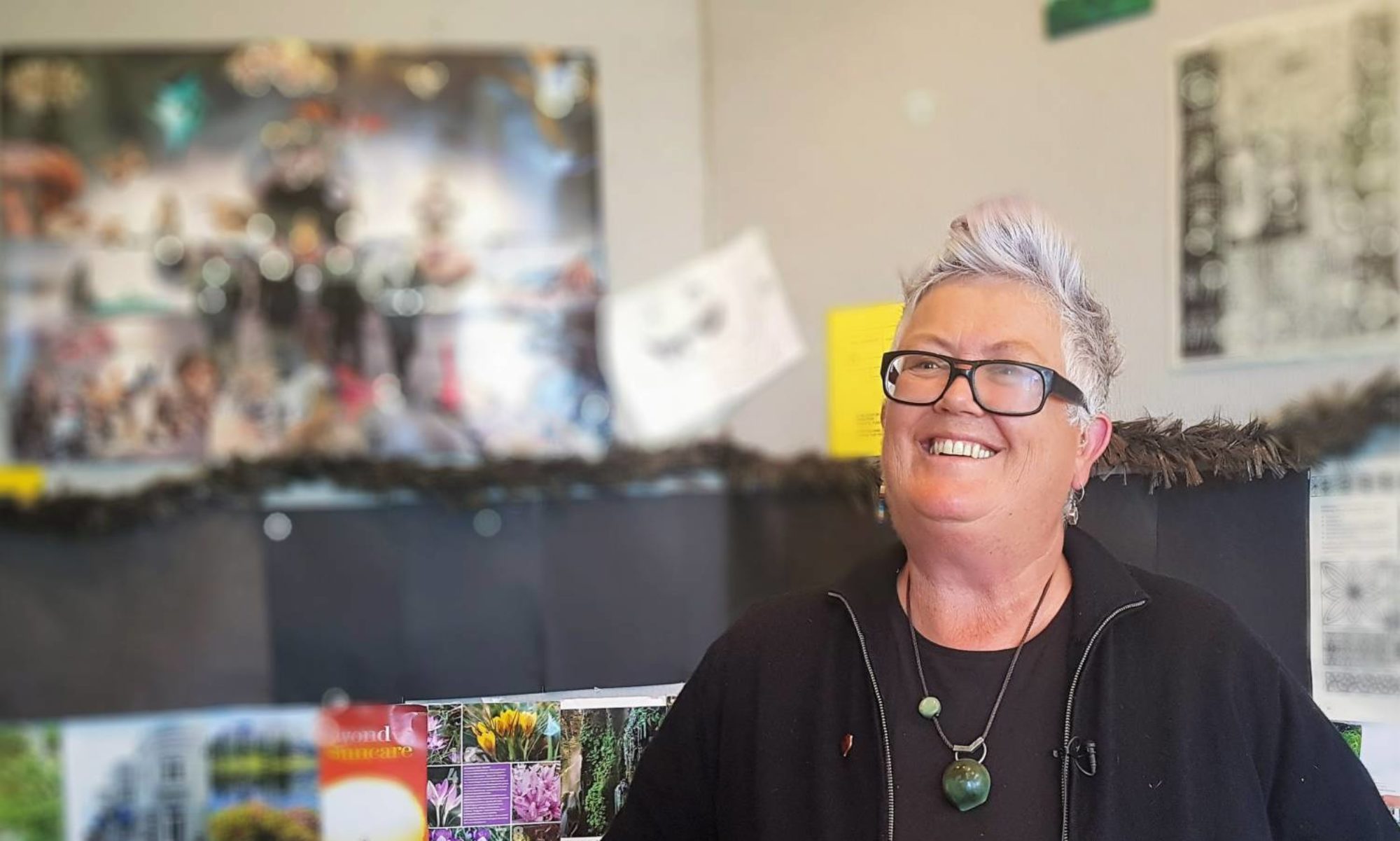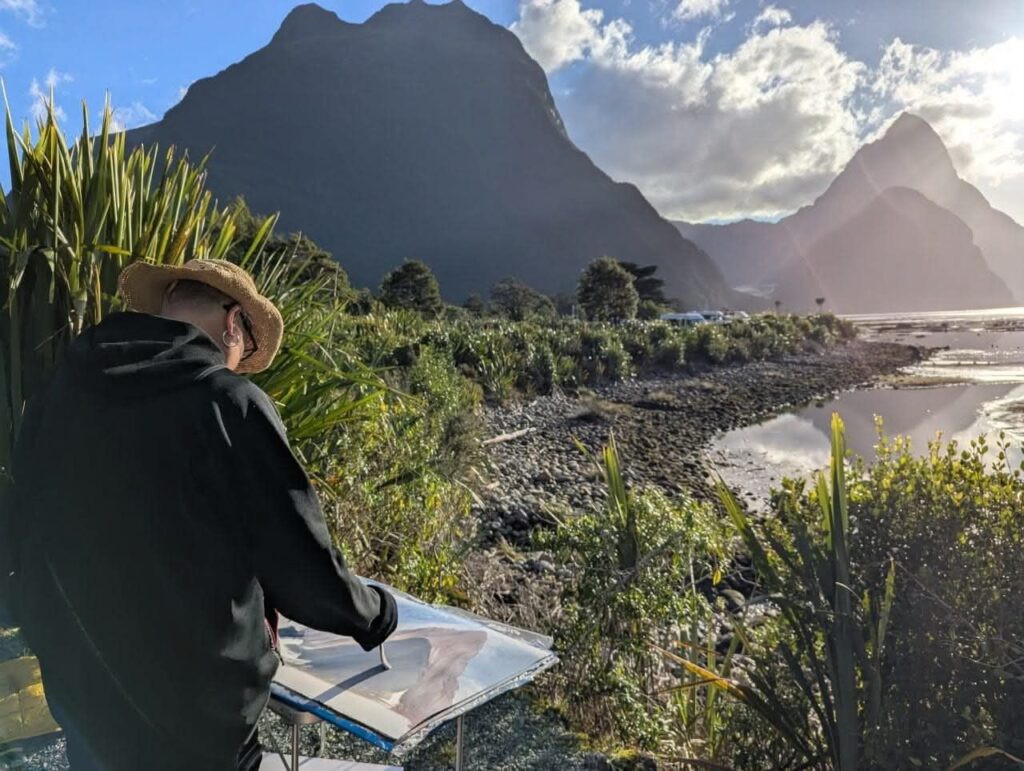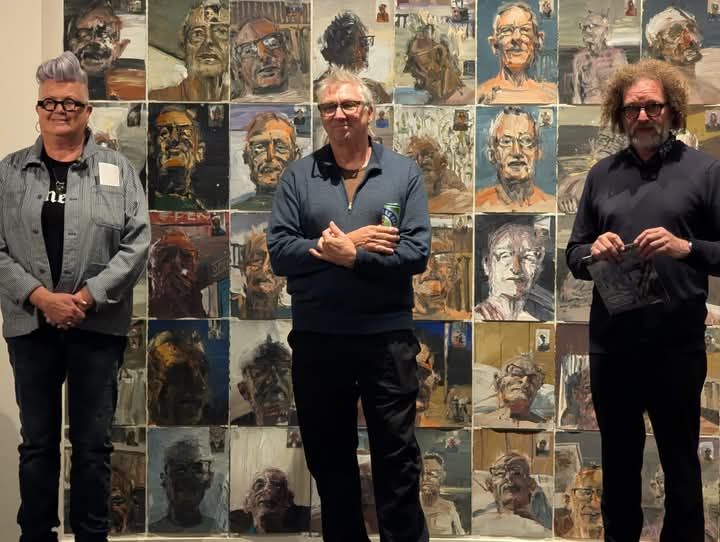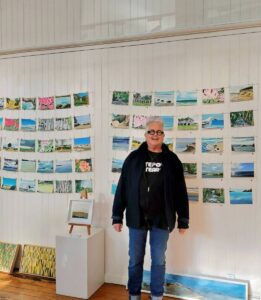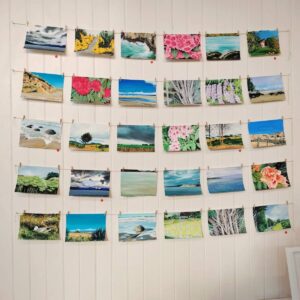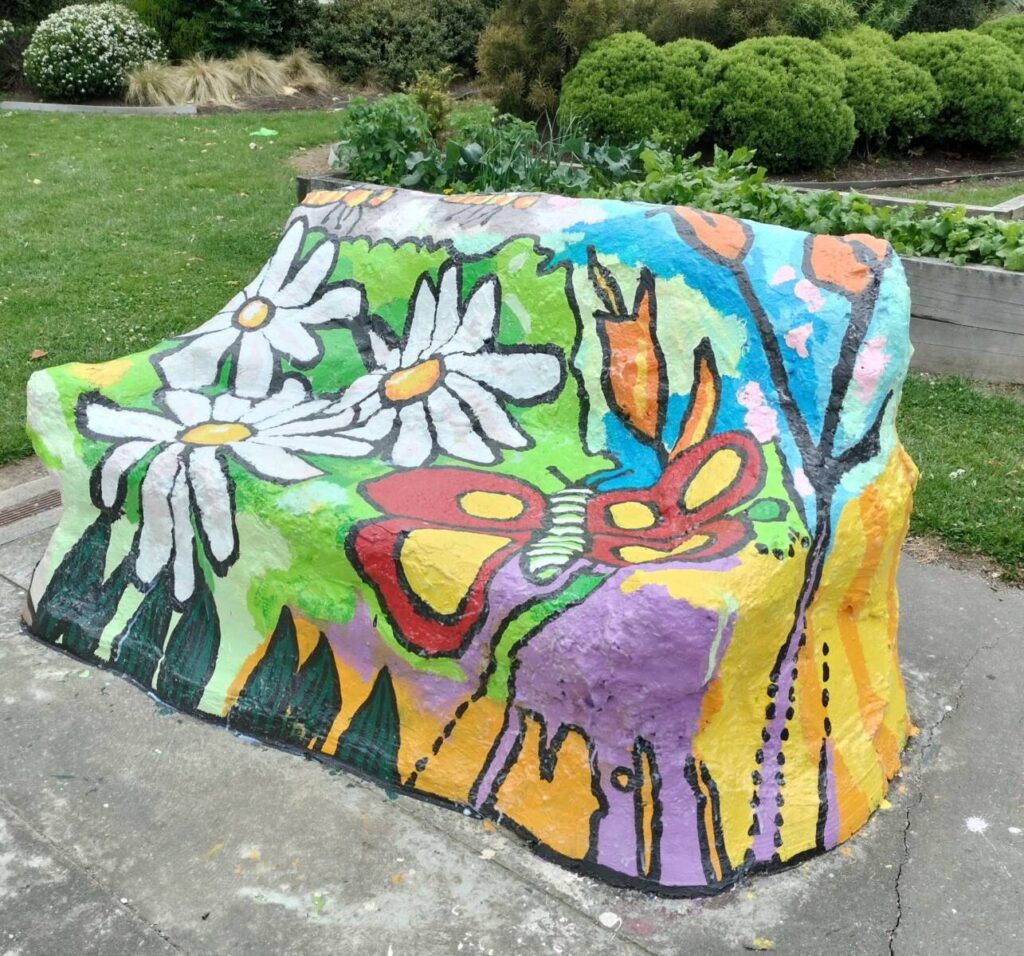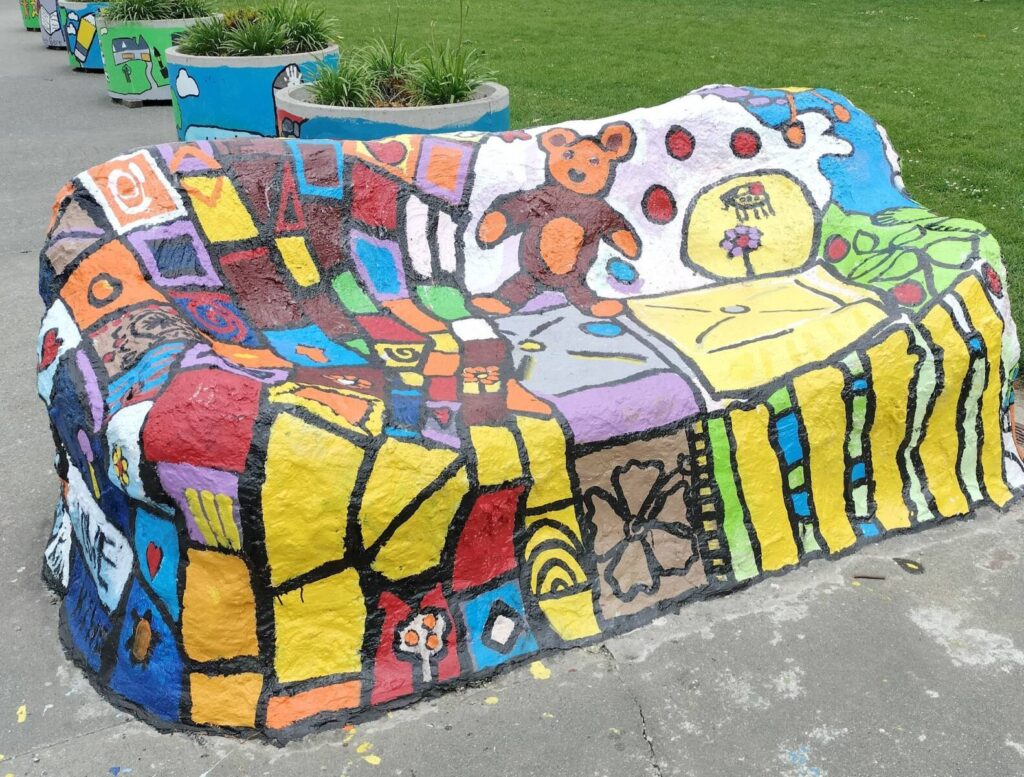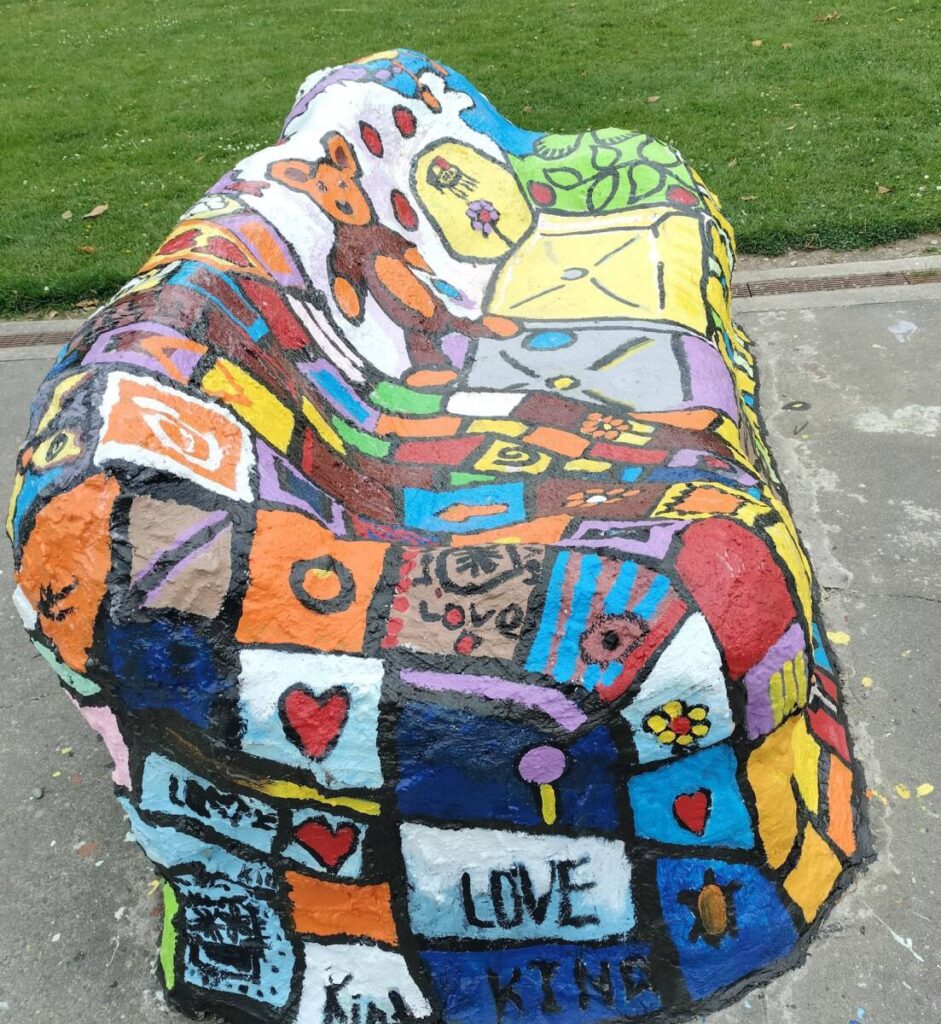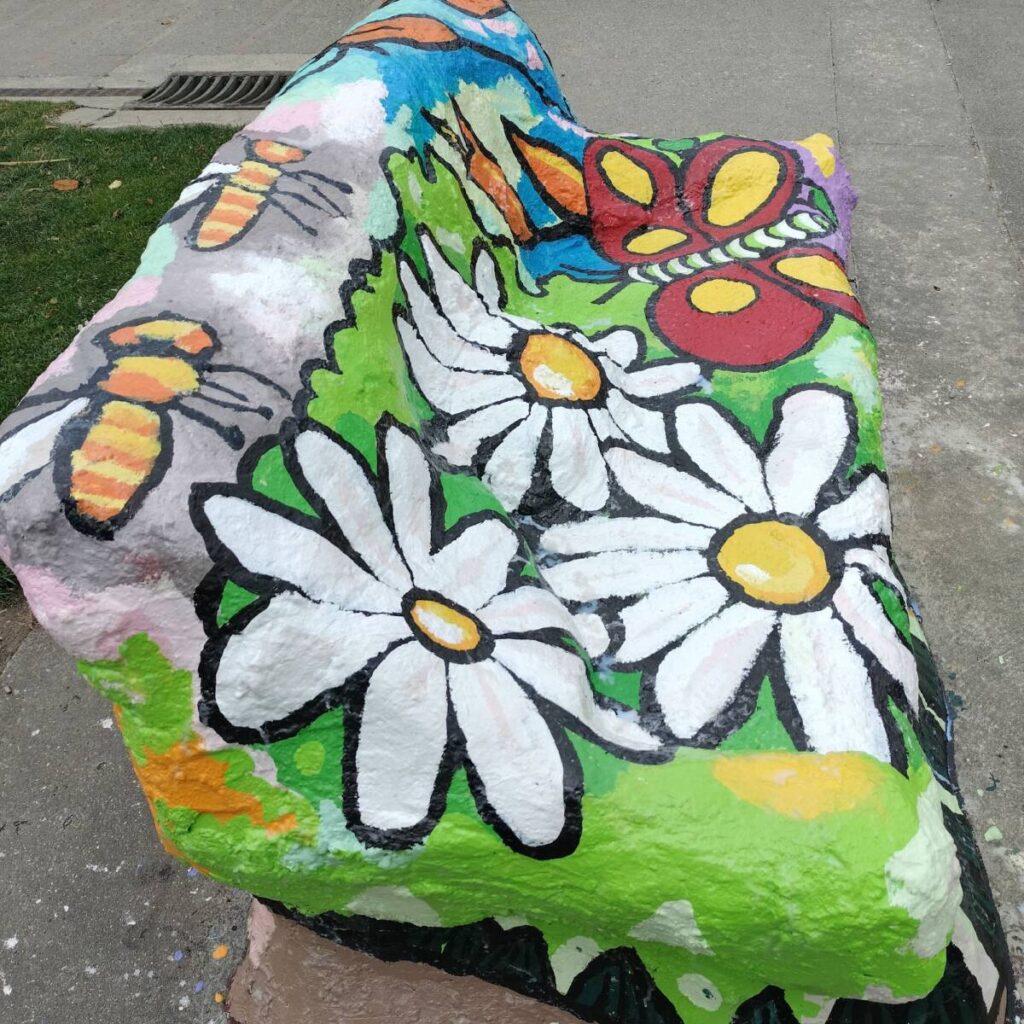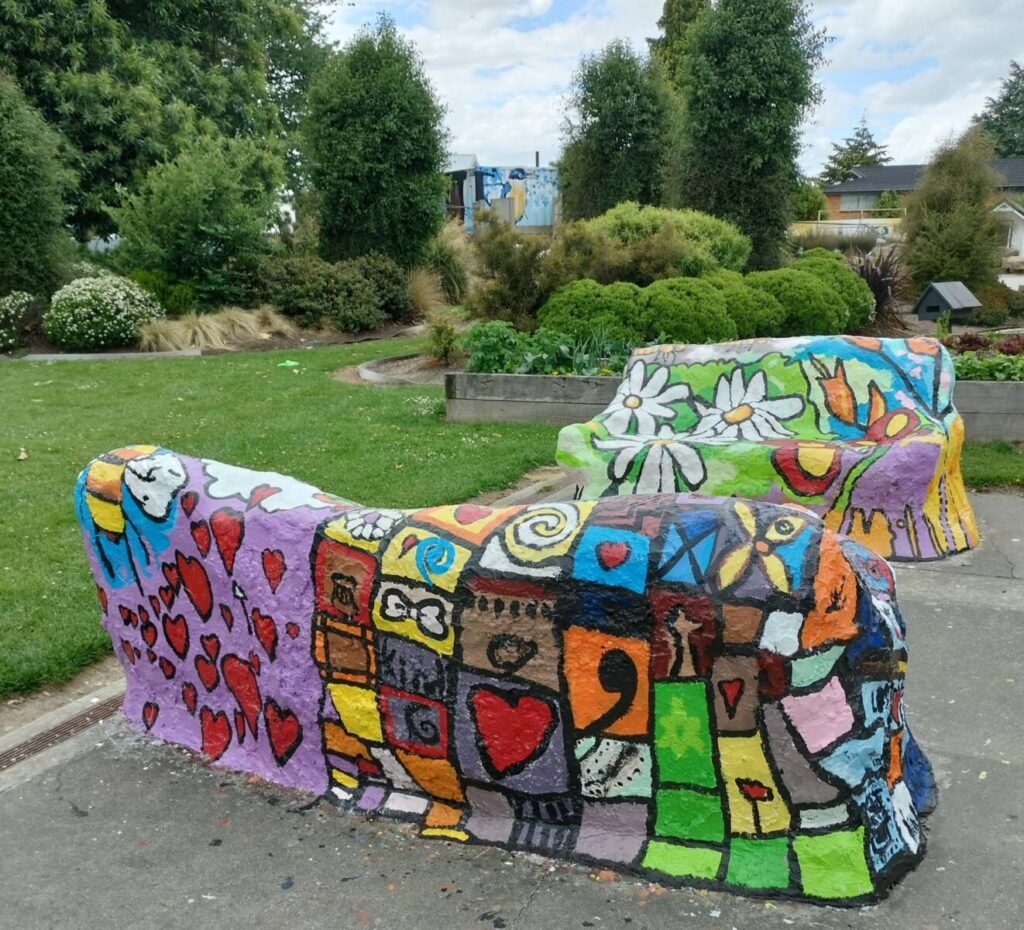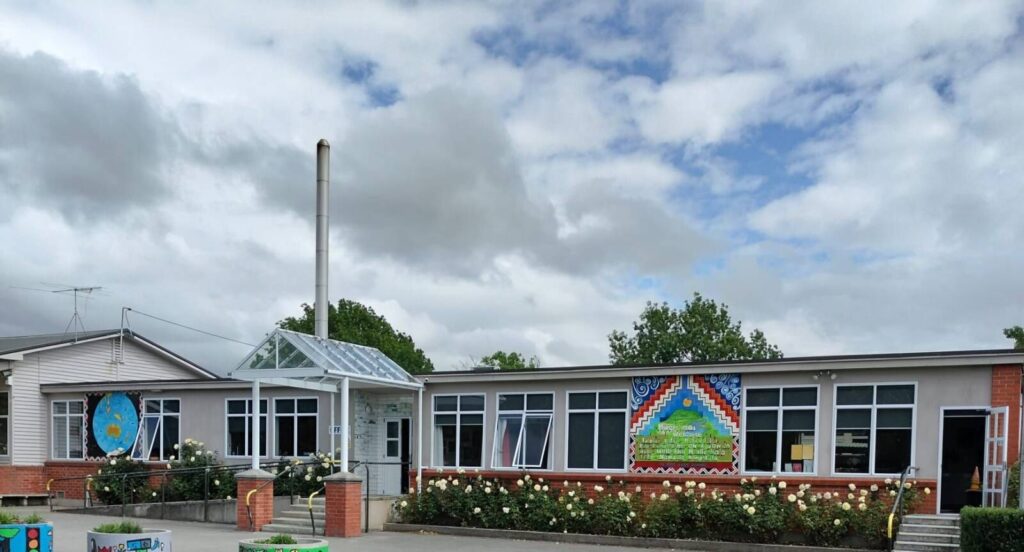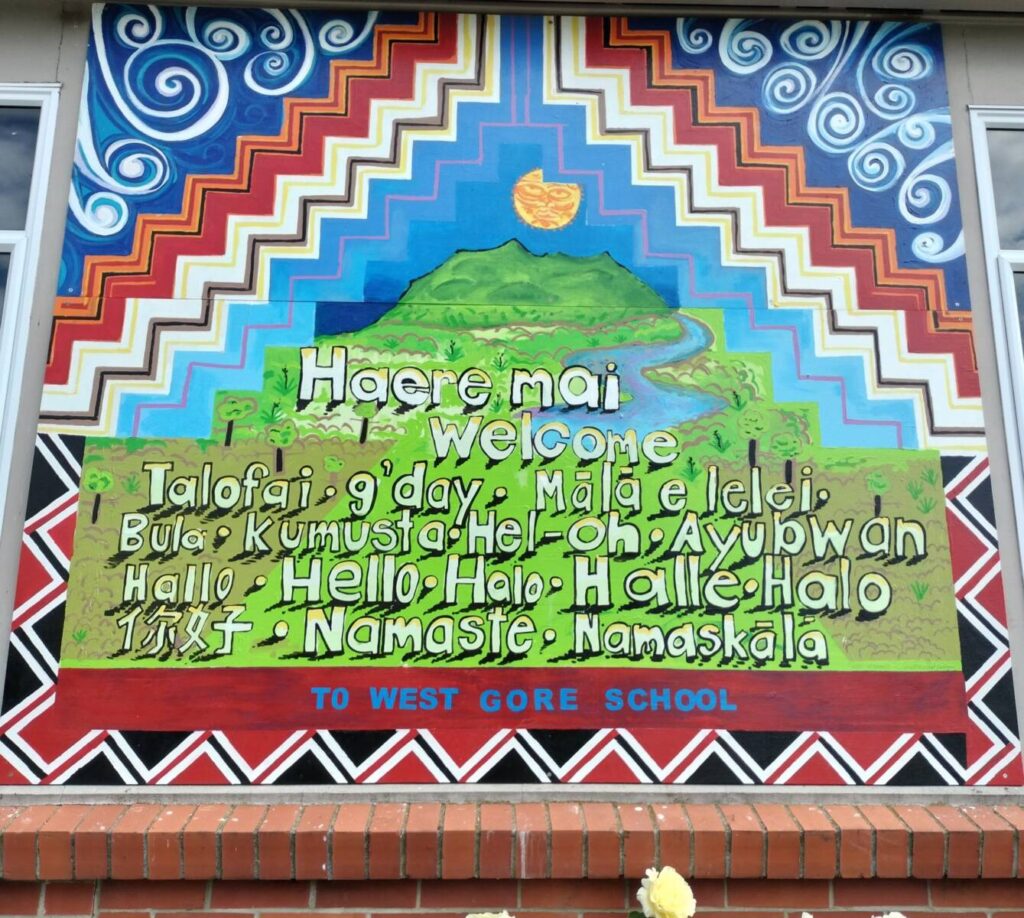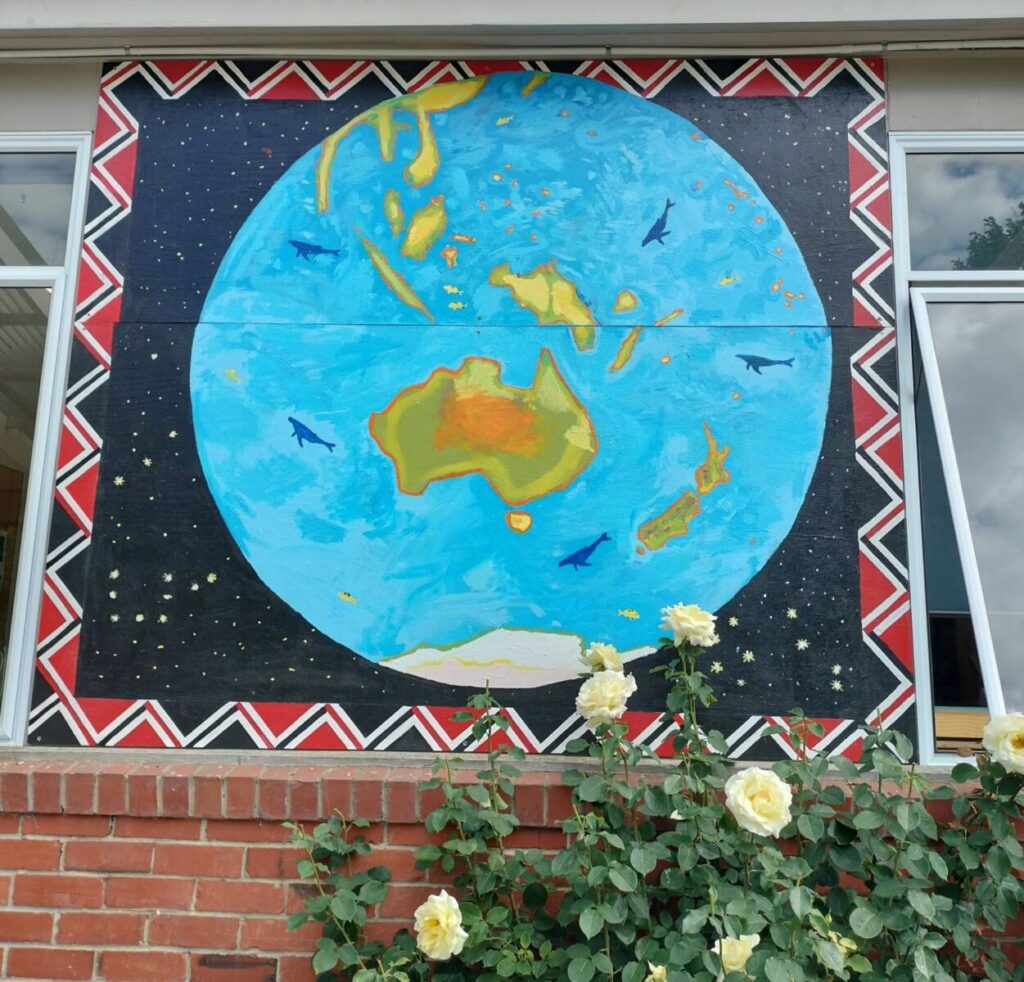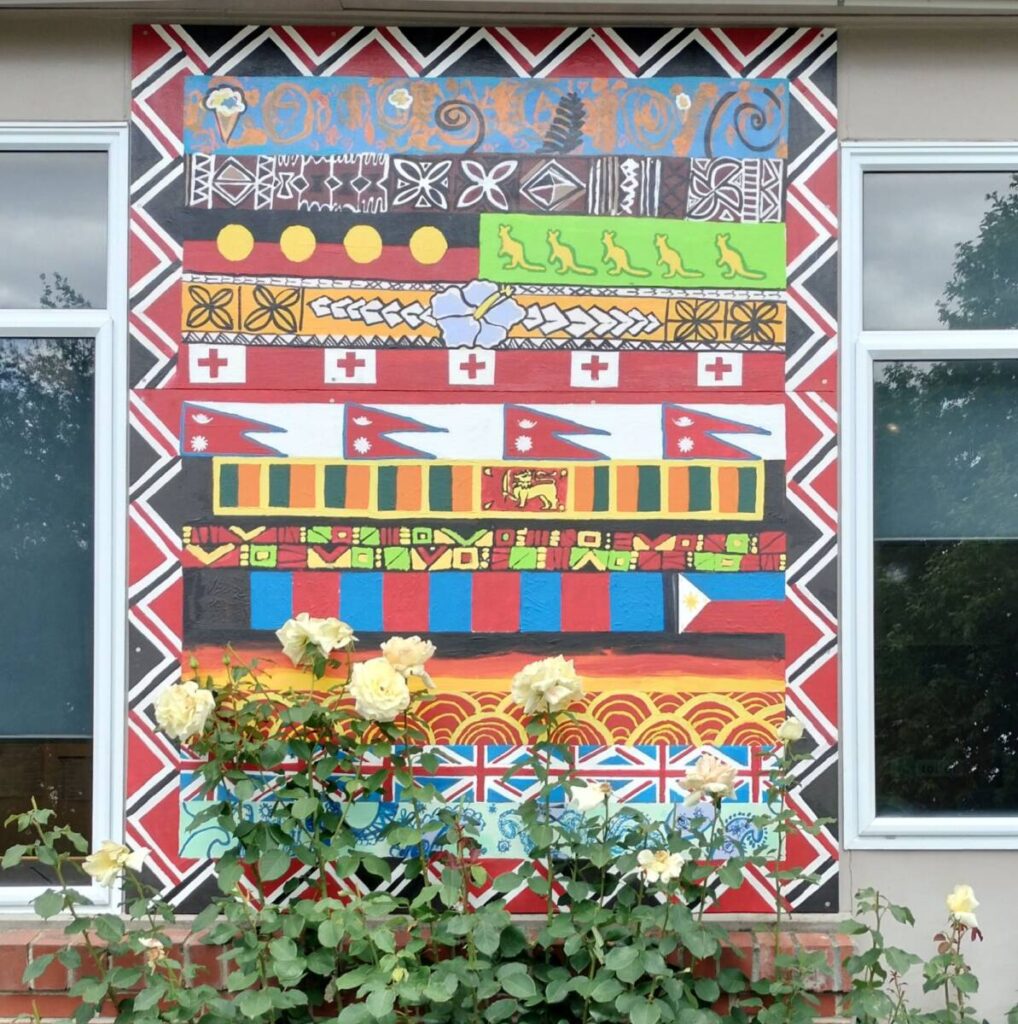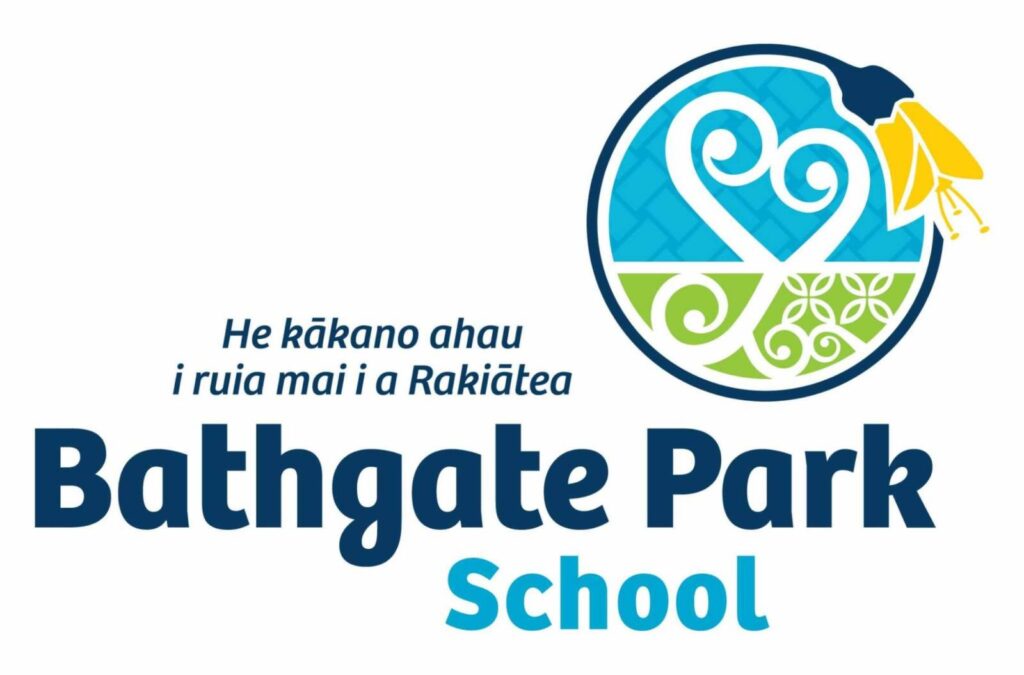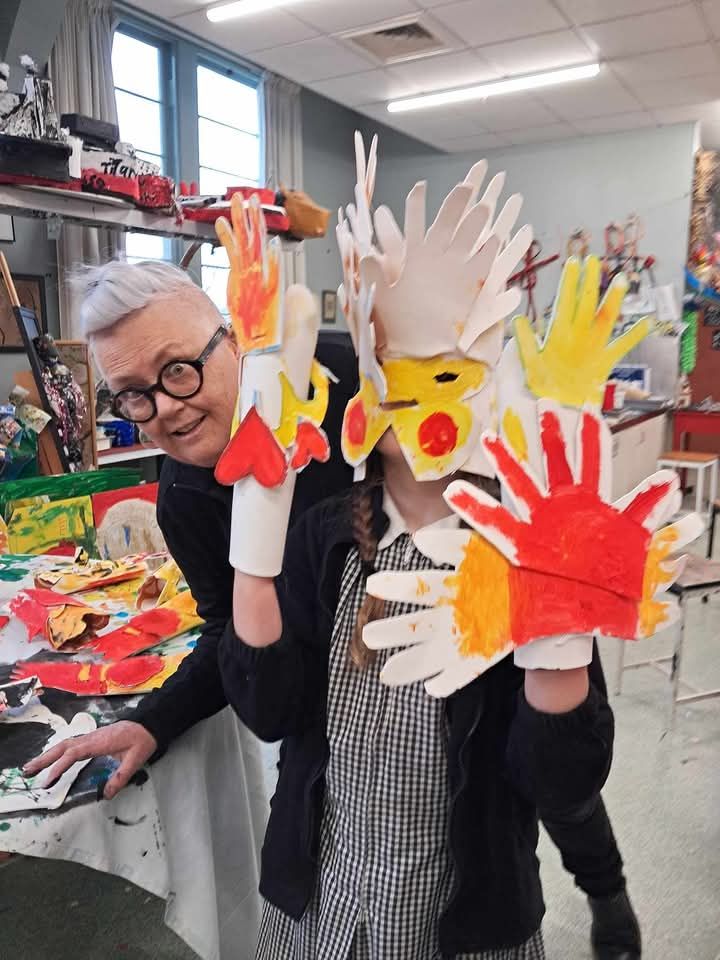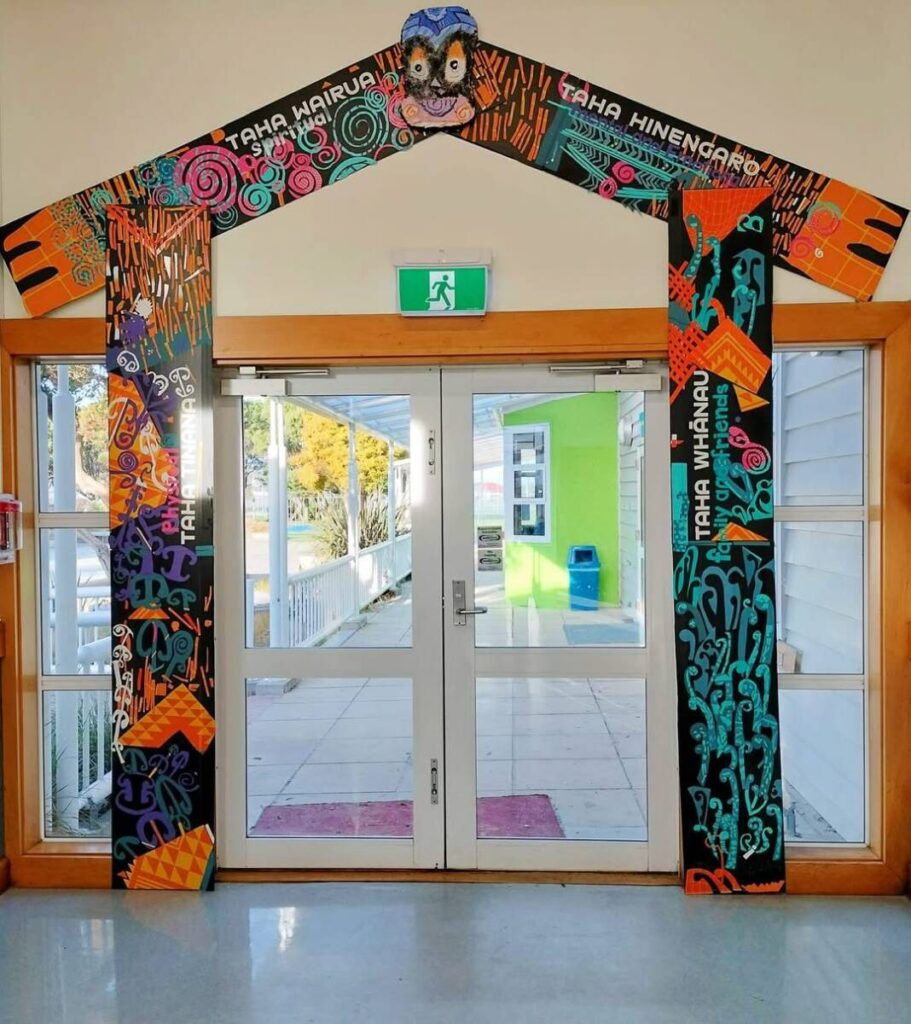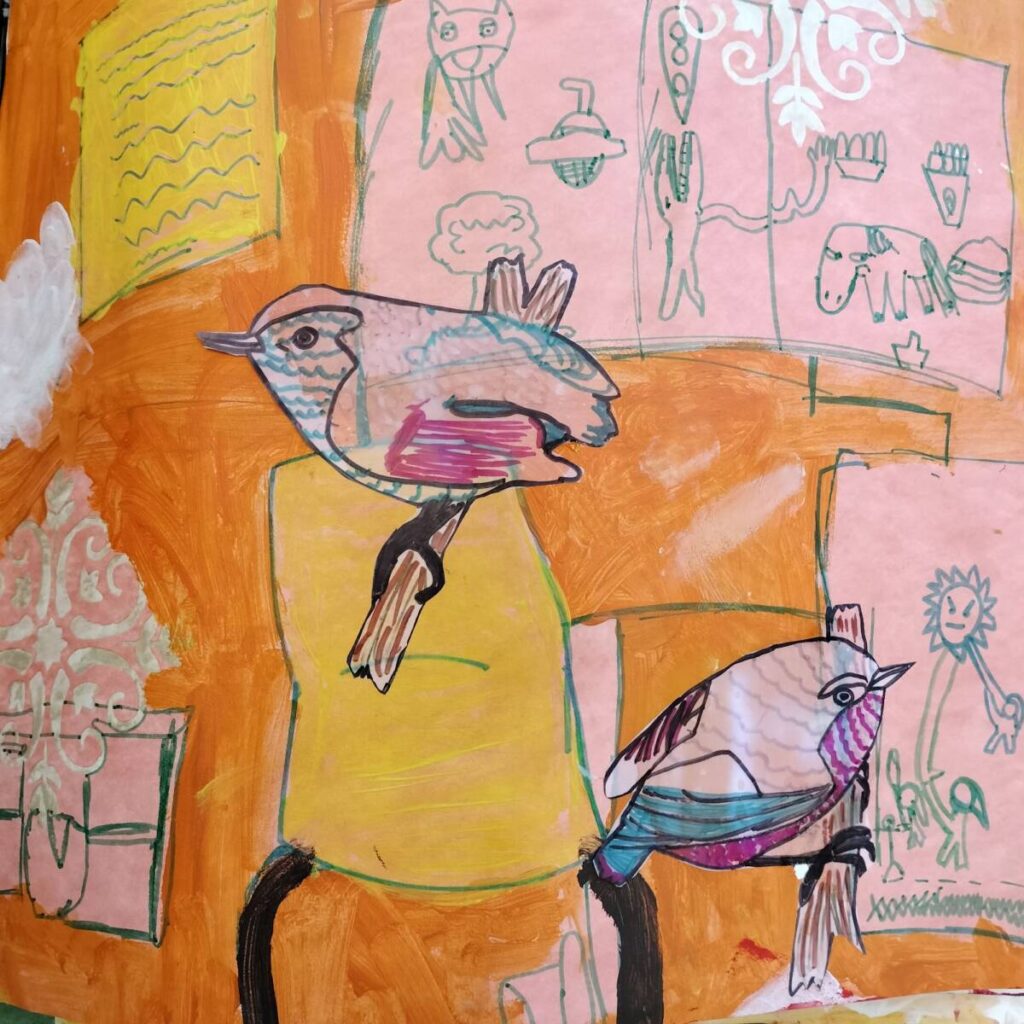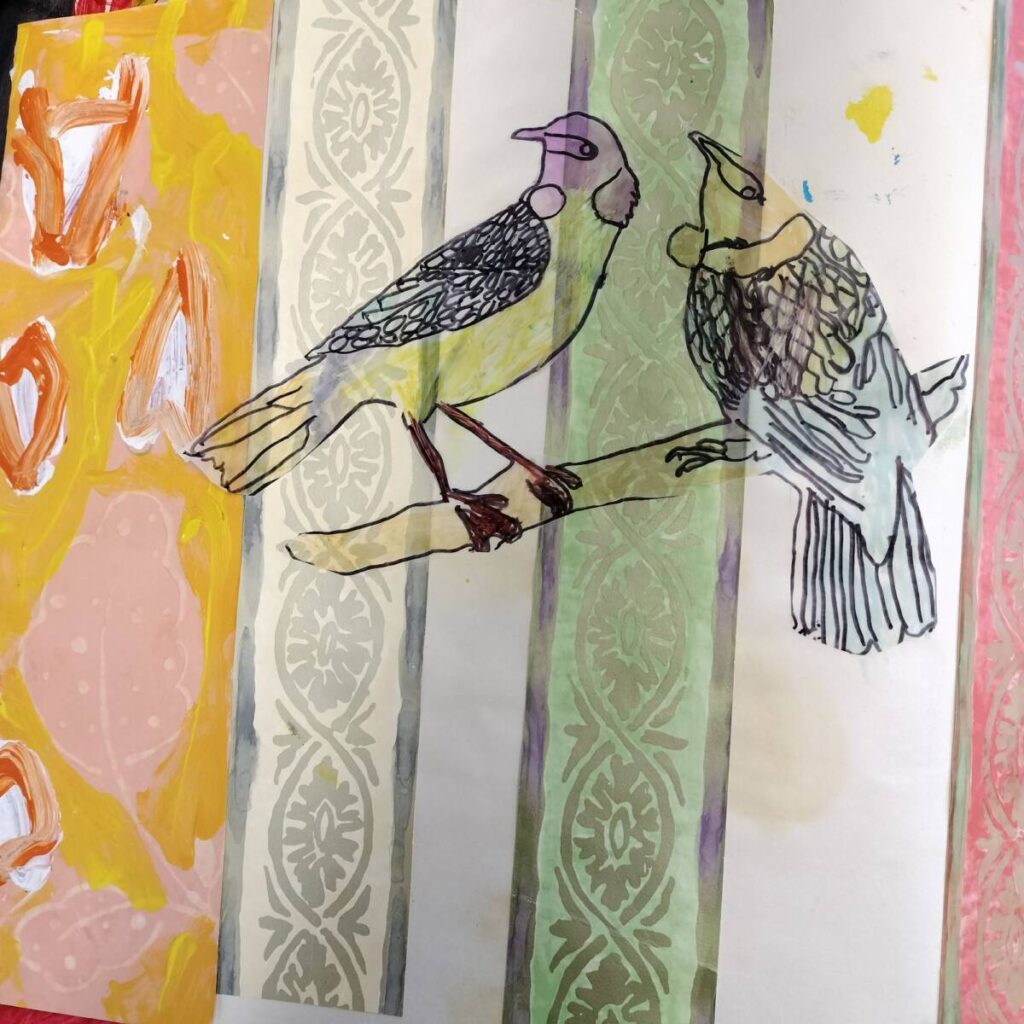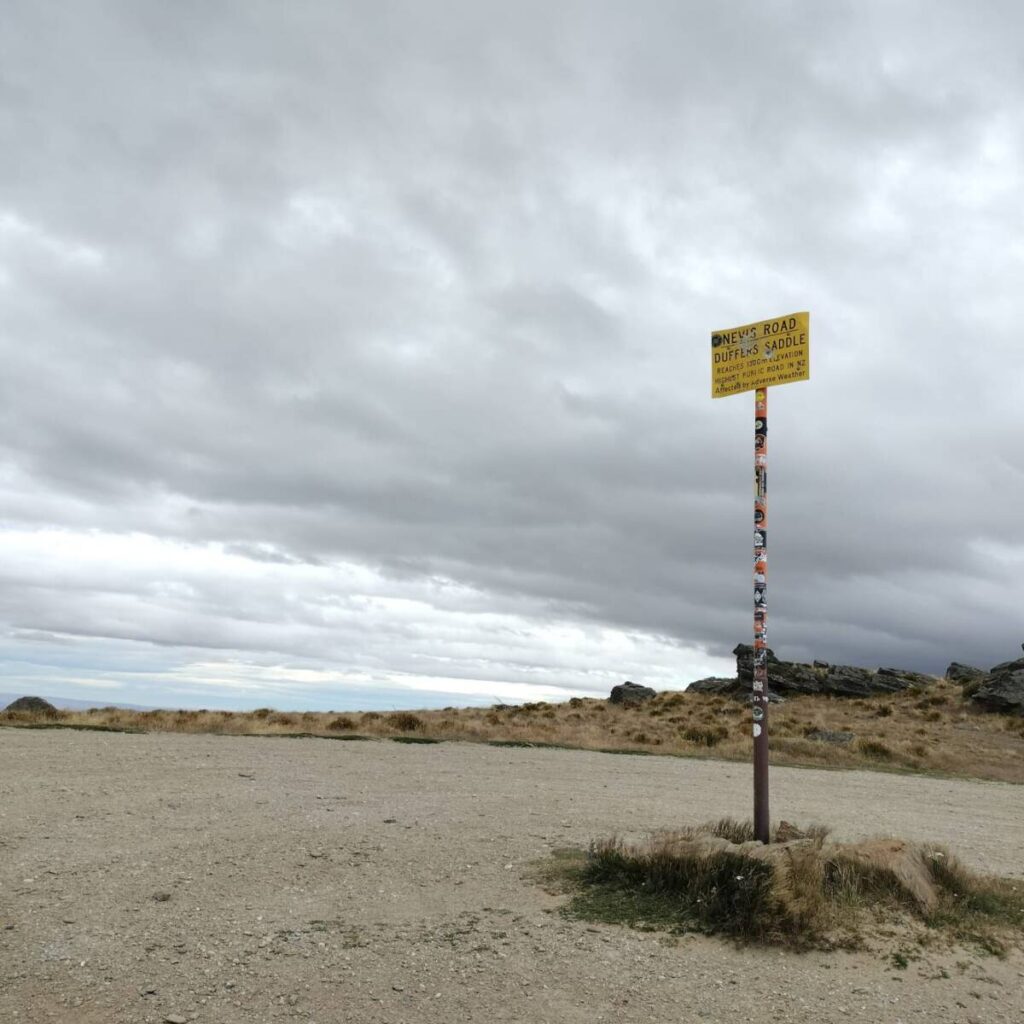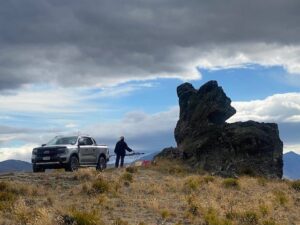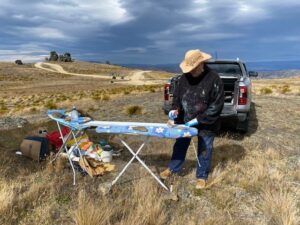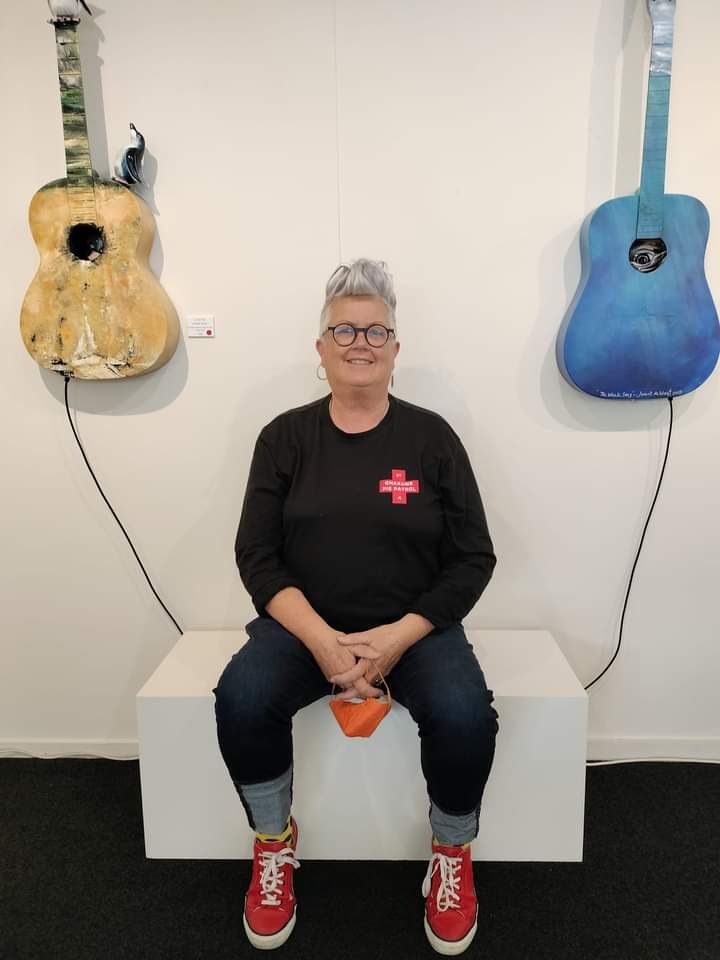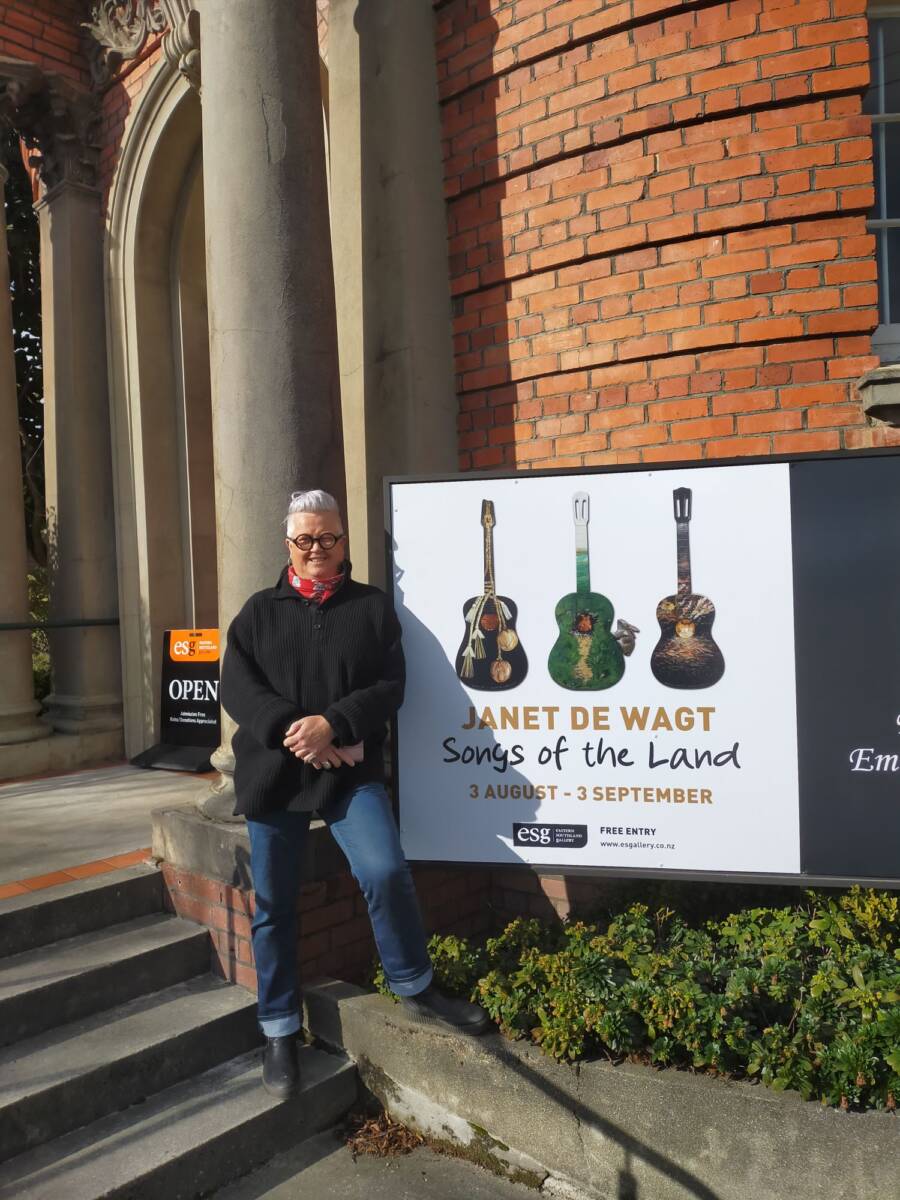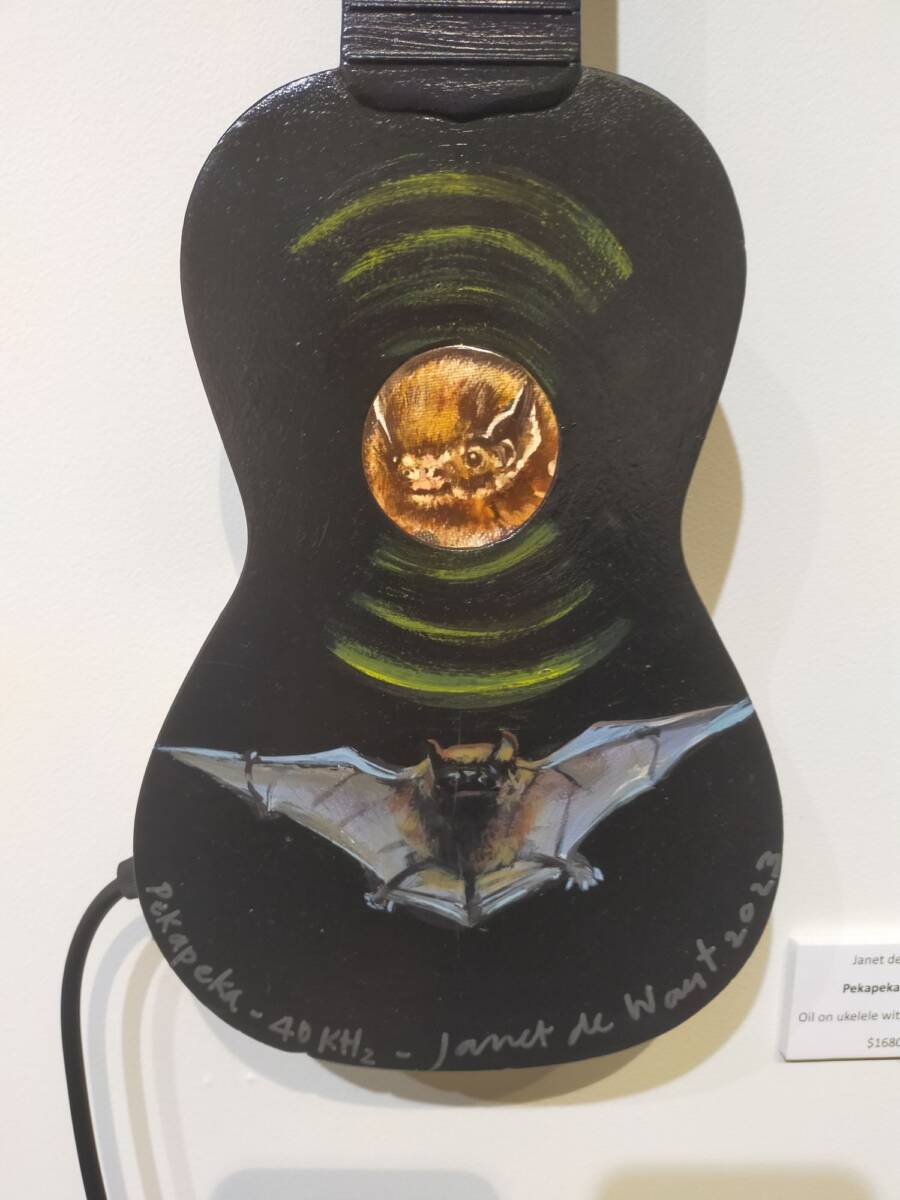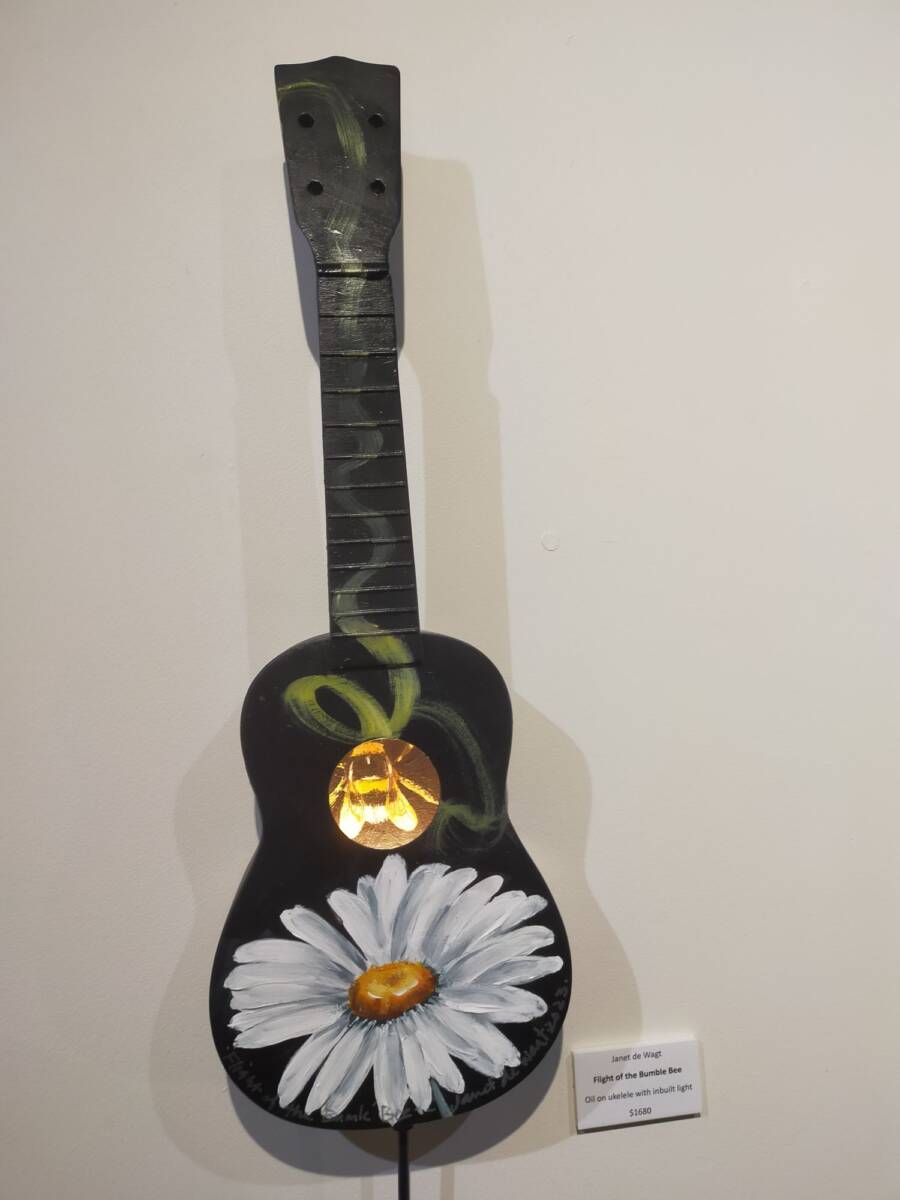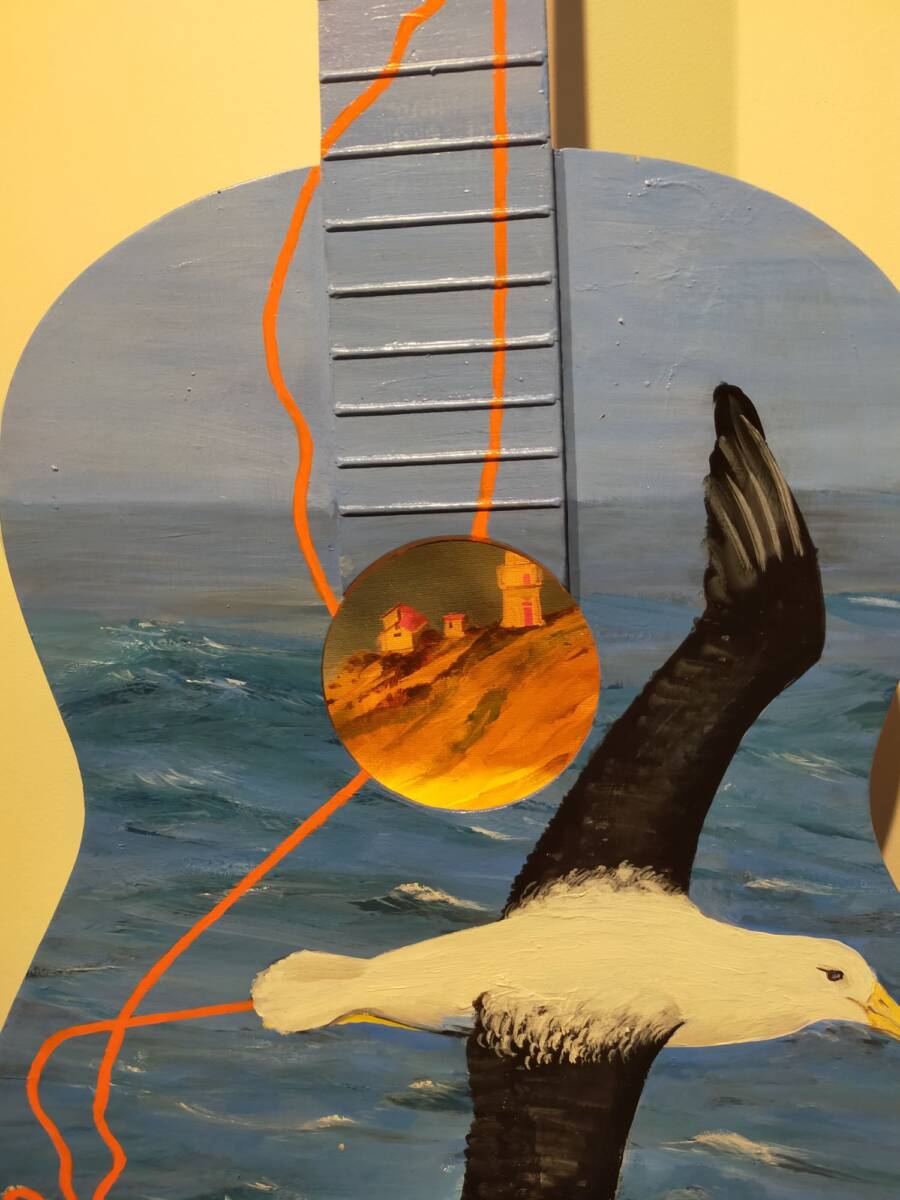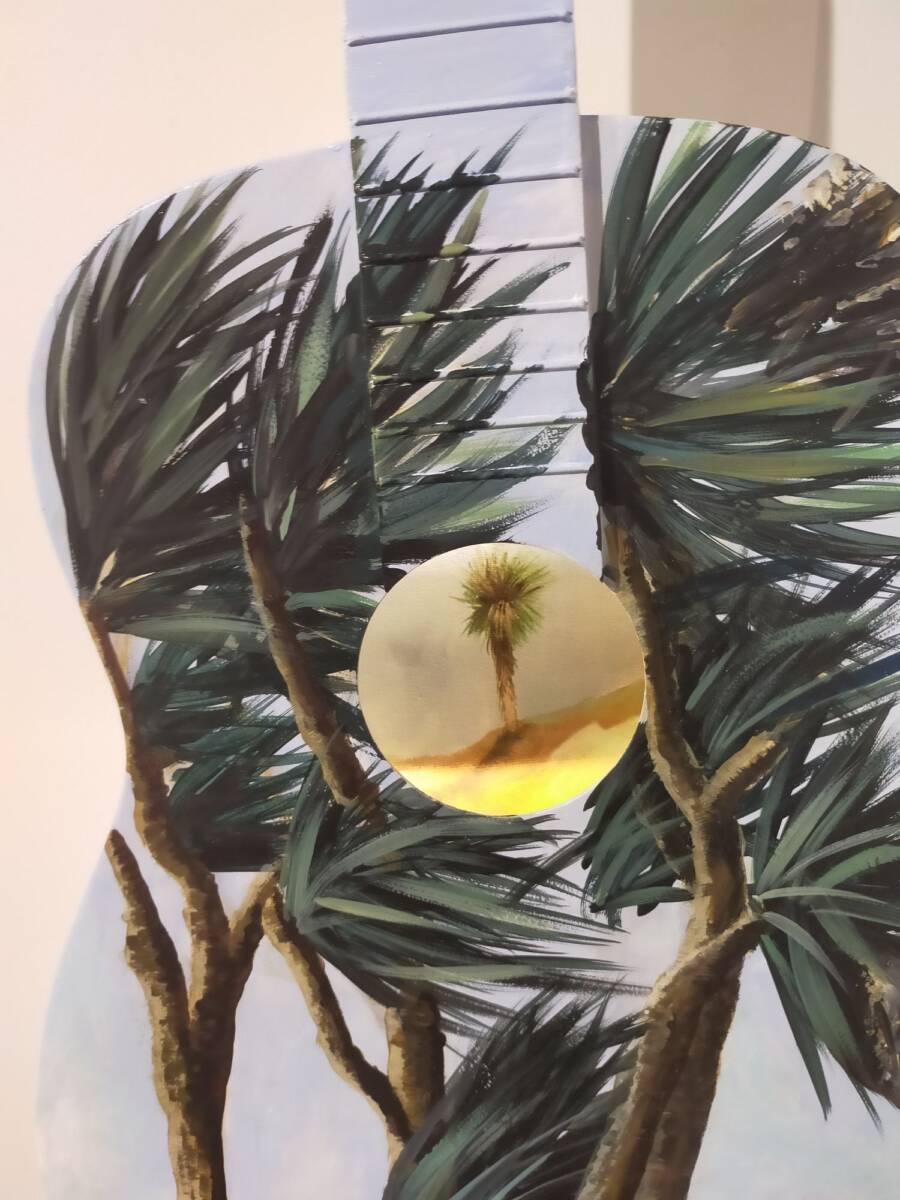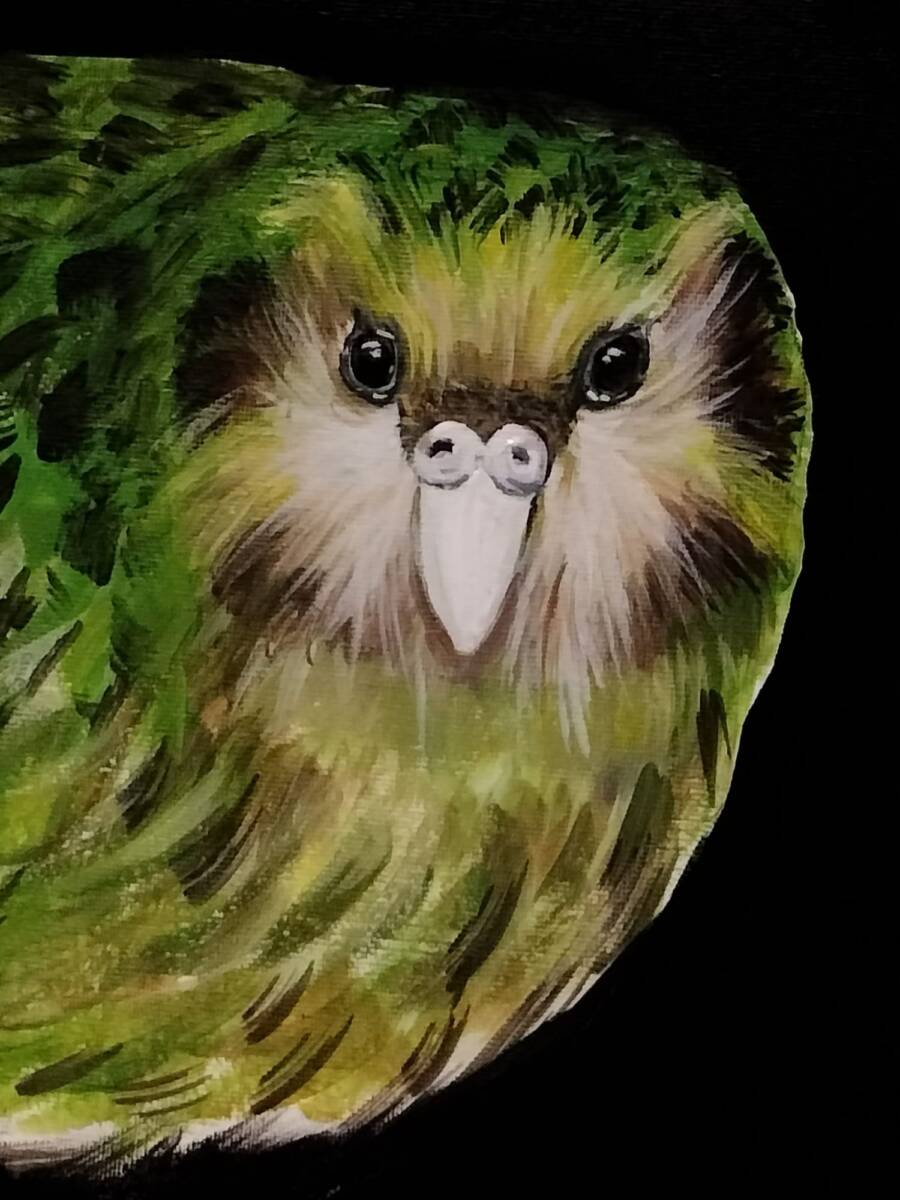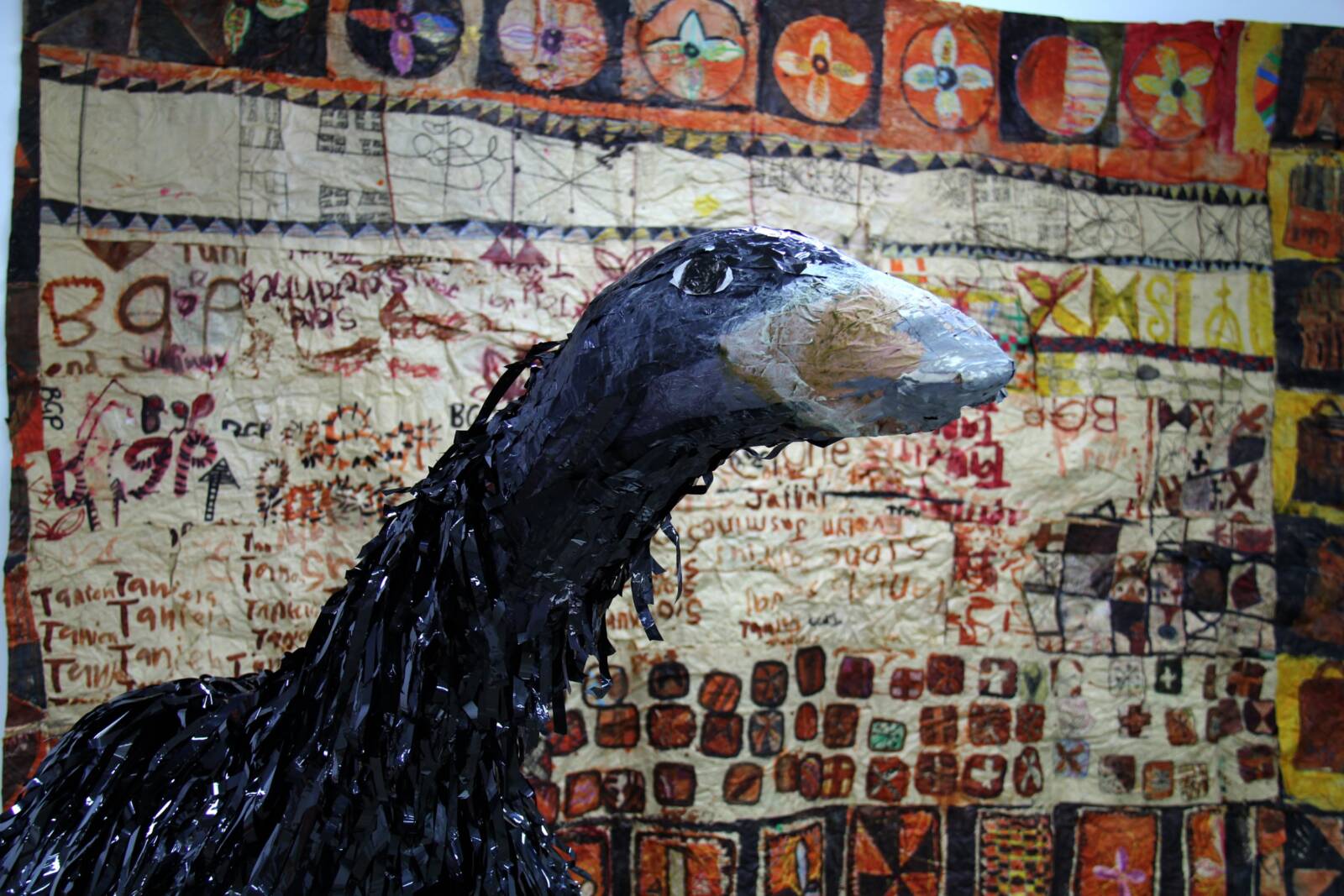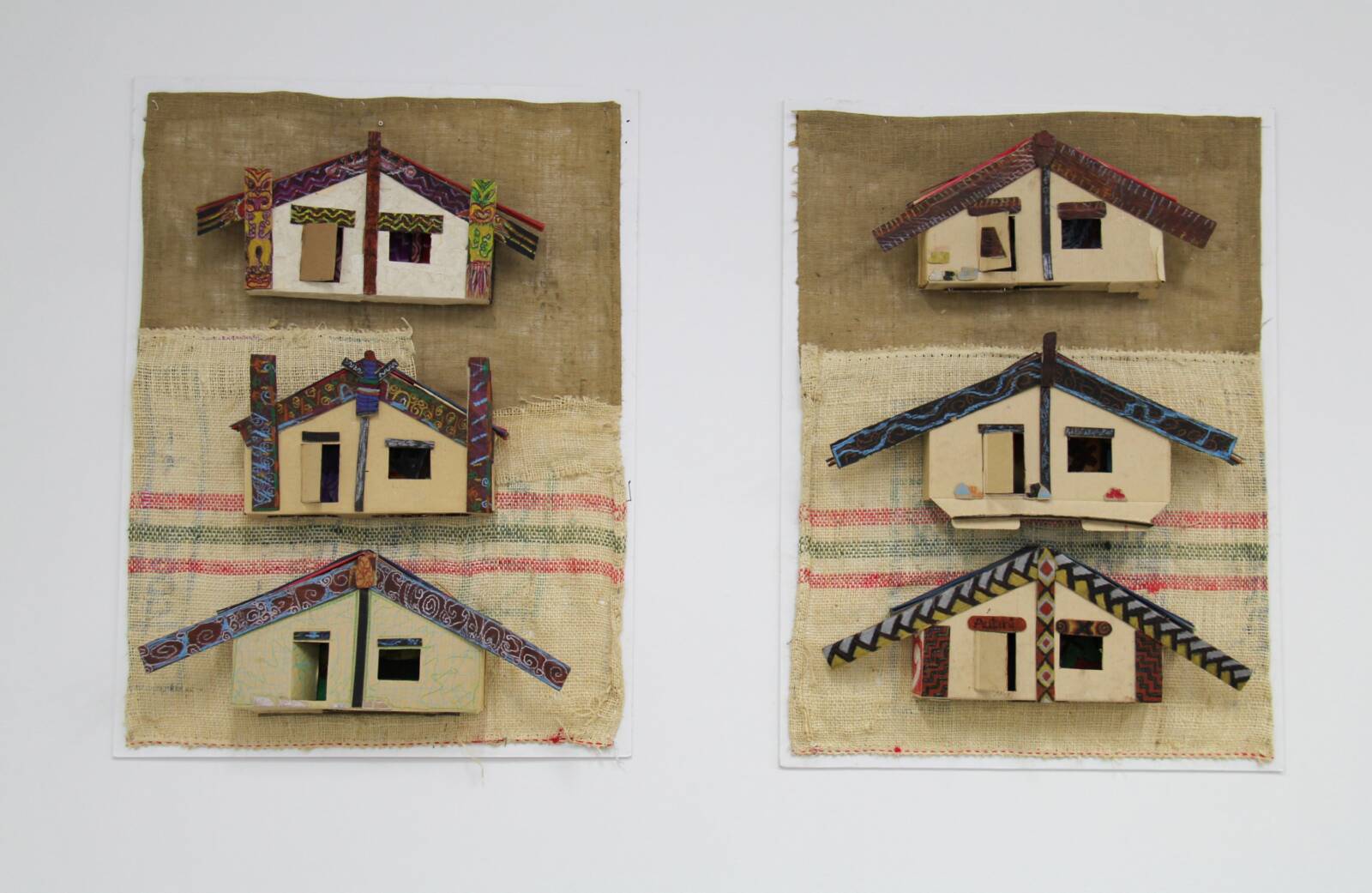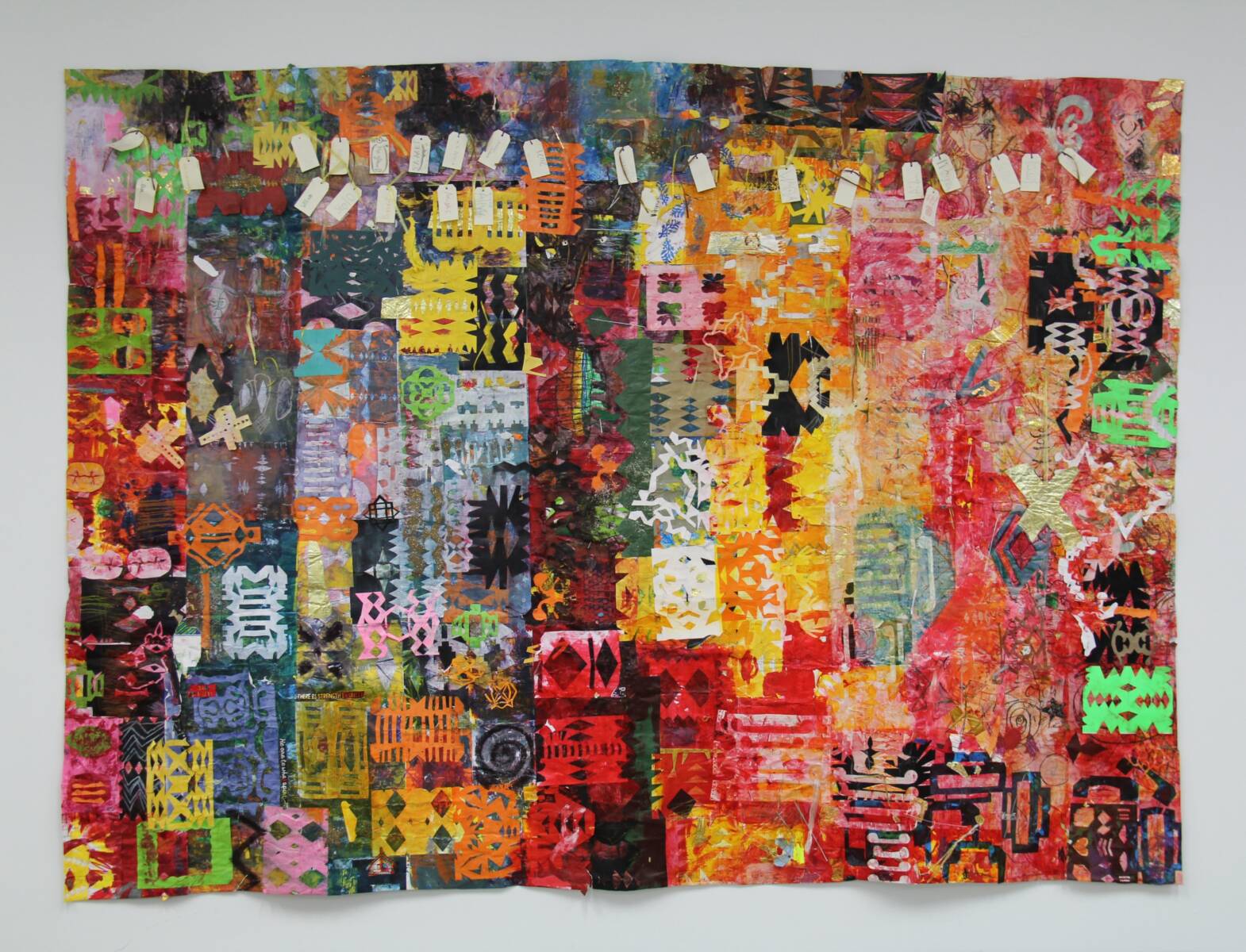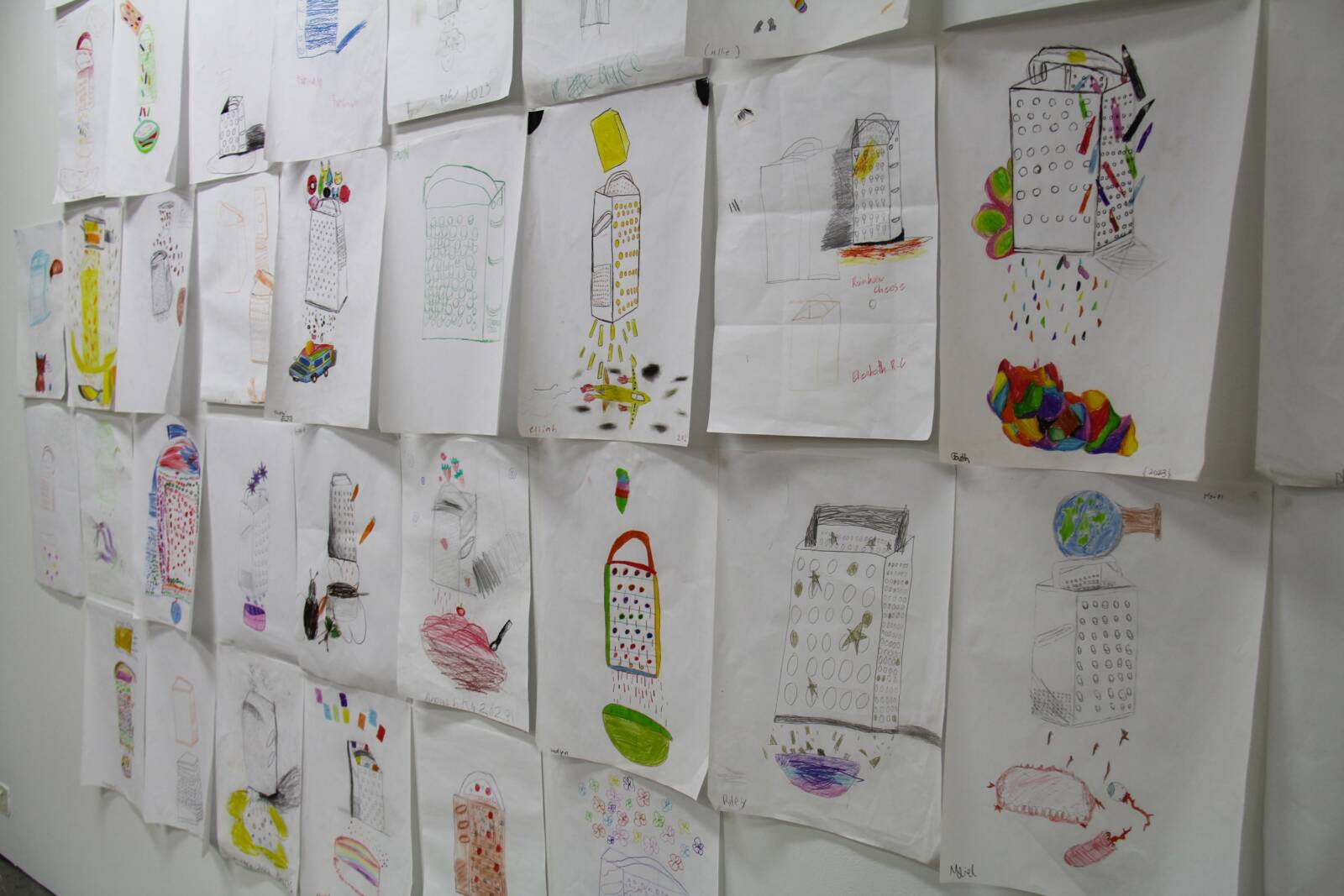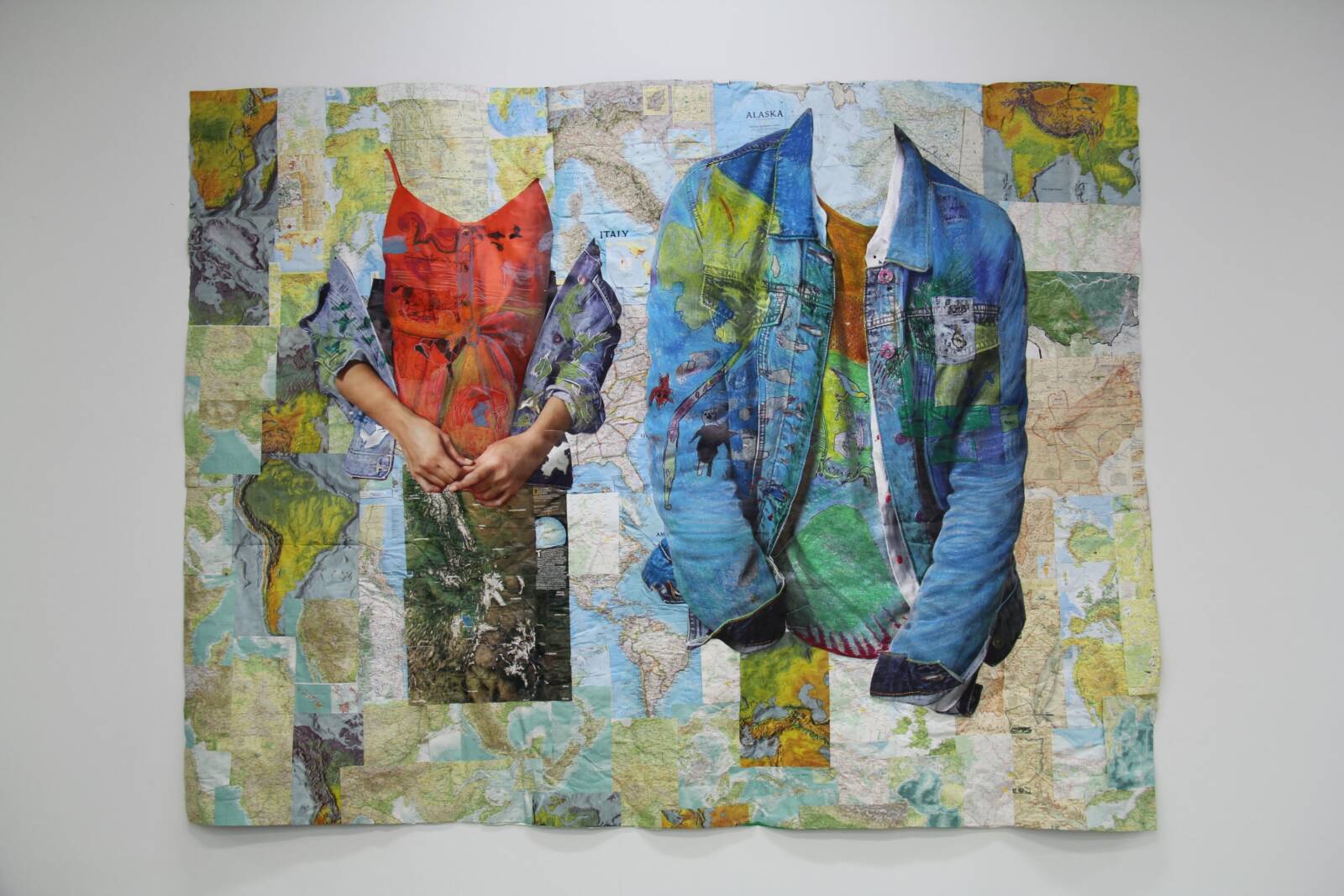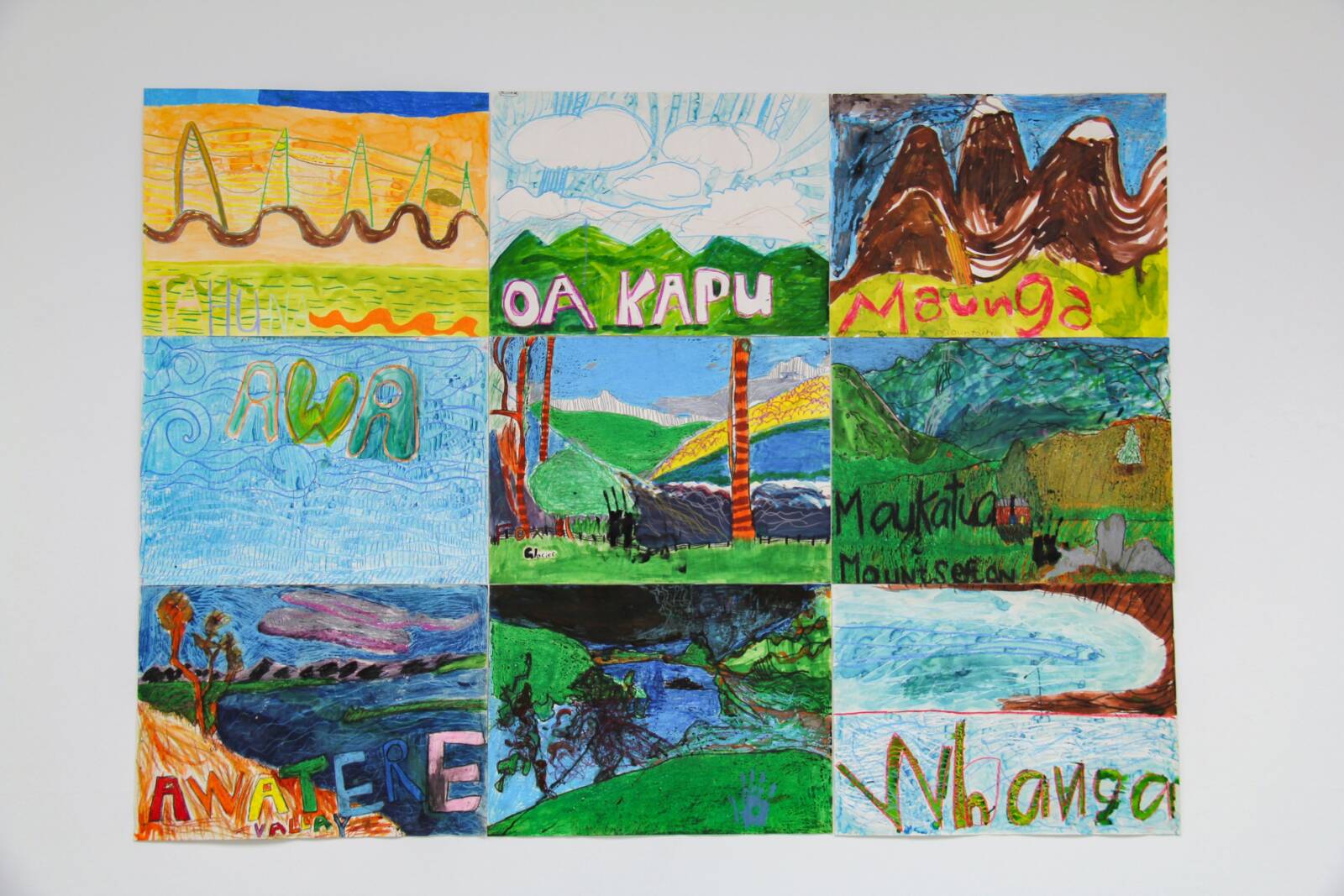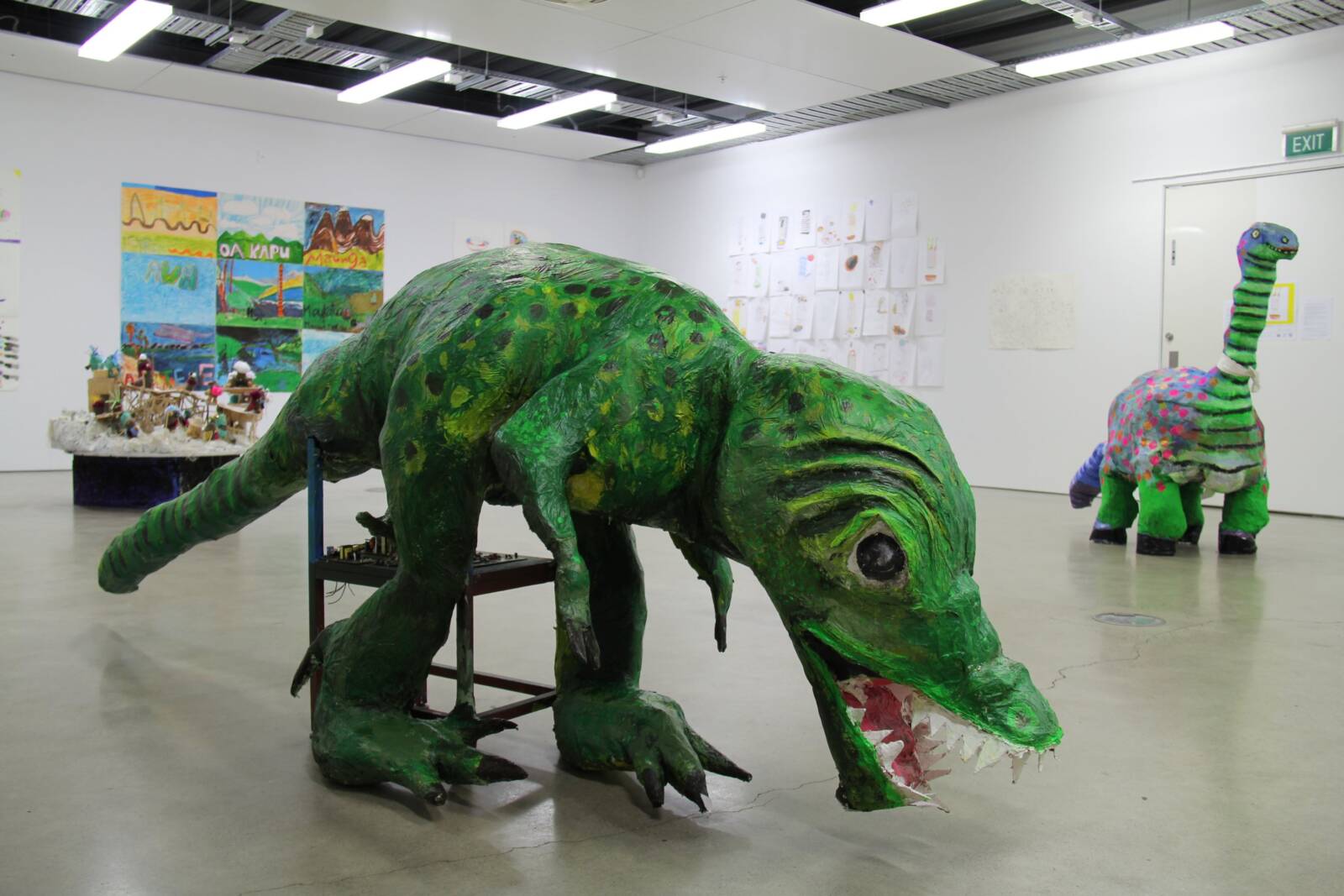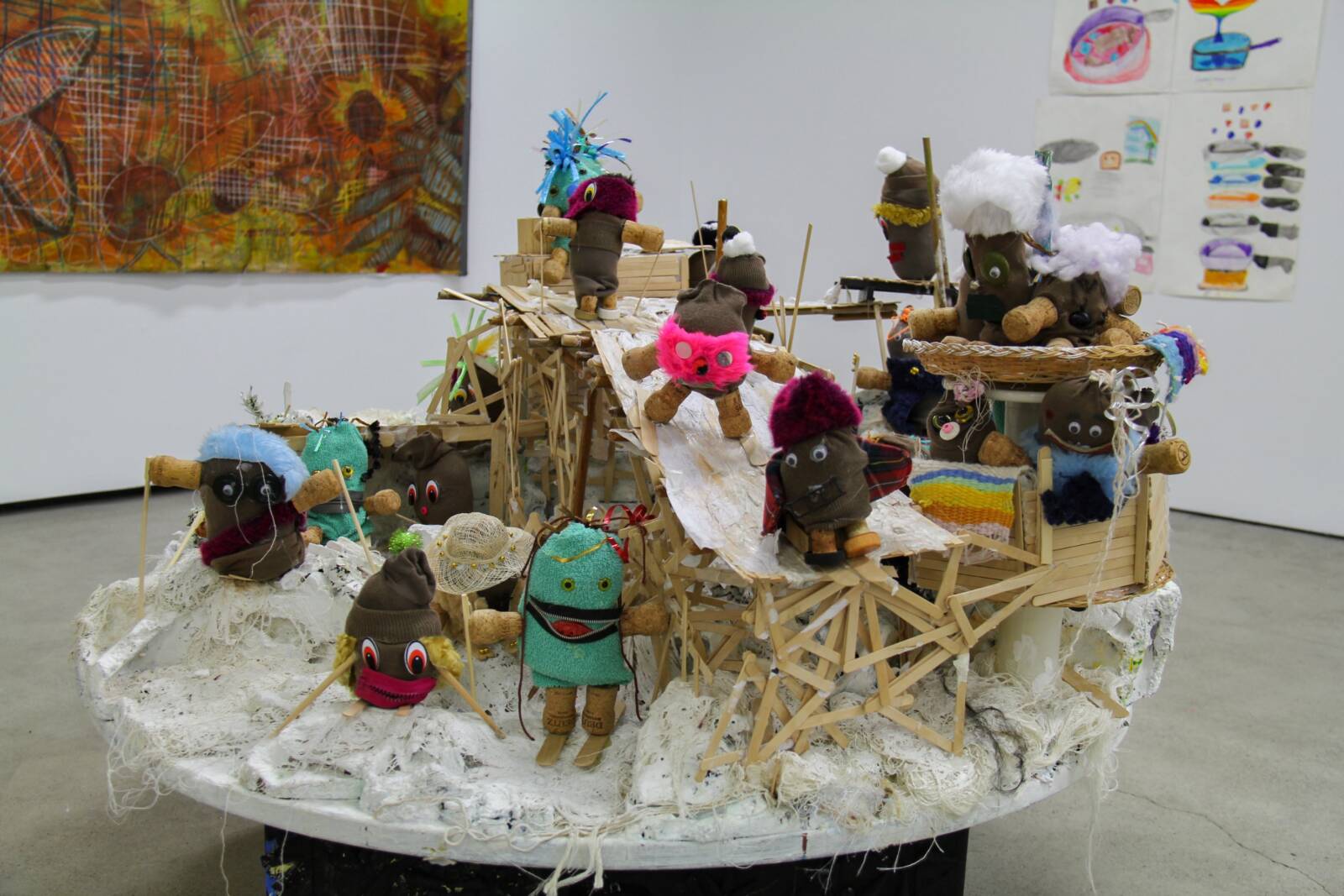
Sweet support . . .Dunedin artist Janet de Wagt has teamed up with the Seriously Good Chocolate Company to create a delicious fundraiser.

Blocks for a cause . . . The chocolate collaboration between a Dunedin artist and an Invercargill based chocolate company.
A new partnership combines creative passion with support for the Cancer Society.
International artist Janet de Wagt, of Dunedin, has teamed up with the Seriously Good Chocolate Company to create a range of Daffodil Day chocolates.
When Jane Stanton, owner of the Seriously Good Chocolate Company, approached Ms de Wagt to design exclusive packaging for its fundraising chocolates, the answer was a resounding ‘‘yes’’.
Inspired by her own experience of the Cancer Society’s services and her belief in the power of art to uplift, Ms de Wagt poured her signature creativity into each design. Diagnosed with breast cancer several years ago, Ms de Wagt had her own reason to support the Cancer Society. She underwent successful treatment, but it was not the same outcome for her niece. ‘‘I am left with survivor’s guilt, my niece, she was 24, passed away. It can be a very unforgiving disease. ‘‘So, when Jane asked did I want to help, of course I said yes. I jumped at the opportunity. ‘‘All the paintings are based on my own daffodils or ones I have seen growing in pots. ‘‘Daffodils are special. I had in my mind while I painted joyous plots and beacons of hope.’’
She has lived and painted abroad for much of her life, most notably in Britain, but the pull of South Island landscapes, particularly in Otago and Southland, proved too strong and she now lived in Dunedin.
‘‘I have had exhibitions, but you can do a lot online now. I see myself as a community artist. I like working in the community and in the schools.
‘The children deserve the chance to paint, not just the good ones. You never know what they’ll produce. It’s work I really love.’’
Launched in time for Daffodil Day, the chocolates feature Ms de Wagt’s moody acrylics, a medium she favours for bold colours and a fine finish.
Each box is not just a treat for the palate but a celebration of hope, resilience and the beauty of supporting a life-changing cause, she said.
With every purchase of the limited-edition chocolates, customers will help fund support programmes for people affected by cancer.
The original paintings will be auctioned later in the year.
‘‘Art has the power to change lives and when paired with chocolate and a good cause, the possibilities are truly magical.’’
The chocolates are available in Ballantynes department stores in Invercargill, Timaru and Christchurch, or online from the Seriously Good Chocolate Company.
The Star, August 21, 2025
